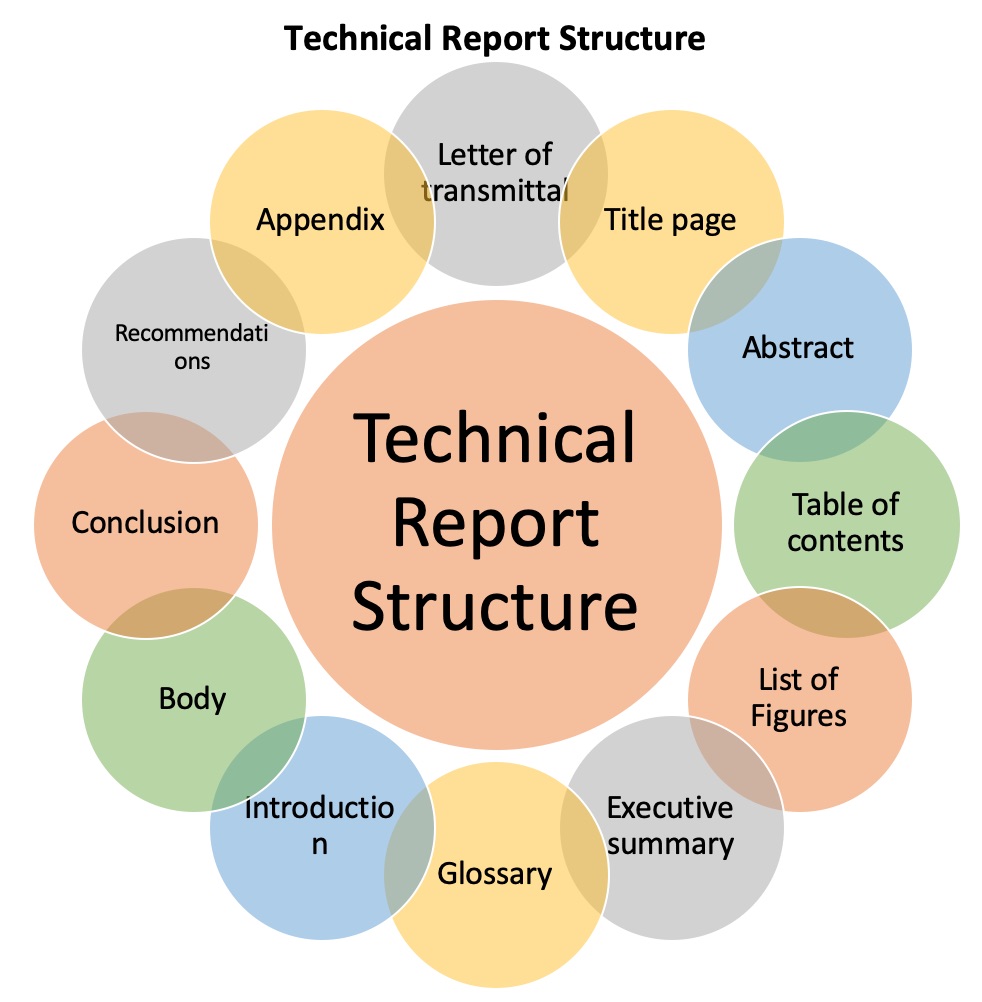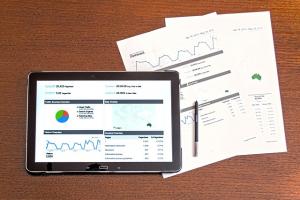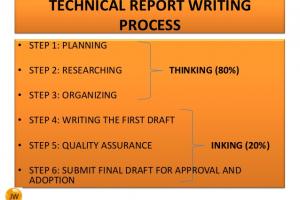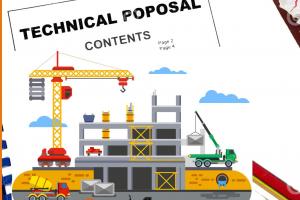Technical Report Structure - Sample Format of a Technical Report

Technical Report Structure
A technical report structure in business and industry should contain the following sections:
- Letter of transmittal
- Title page
- Abstract
- Table of contents
- List of illustrations
- Executive summary
- Glossary and list of symbols
- Introduction
- Body
- Conclusion
- Recommendations
- Appendix
Also See: Purpose and Uses of Technical Reports
1. Letter of Transmittal
The components of a report are not written in the same order in which they appear e.g. the letter of transmittal is the first thing the reader sees, but it is probably the last to be created. It introduces the purpose and content of the report to the principle reader. It gives you an opportunity to emphasize whatever you think, your reader will find particularly in the attached material. It enables you to point out any errors or omission in the material. Transmittal letter contains the following element.
- A statement of title and purpose of report.
- A statement of who authorized the project and when
- A statement of method used in the project or of the principal results, conclusion and recommendations.
- An acknowledgement of any assistance you received in preparing the material.
2. The title page
Usual elements of title page in a technical report are:
- Title
- Name and position of writer
- Name and position of principle reader
- Date of submission
A good title must be informative. It. answers two basic questions:
- What is the subject of the report
- What type of report is it? E.g. sea pollution - control devices
Define the type of report by using a generic term such as analysis, recommendations e.g summary, review etc. For a simple title page, centre the title (typed in full capital letter) about a third of the way down the page, then add the readers and writer's position, the organization’s name and date.
3. The abstract

In a technical report structure, the abstract is like a brief technical summary, usually not more than 200 words of the report. Its directed to readers who are familiar with the technical subject and need to know whether to read the full report or not. This can use technical terminology and refer to advanced concepts. Basic types of abstract are descriptive and informative abstracts. The descriptive abstract sometime called topical or table of contents abstract. It does not provide the import results, conclusion or recommendations. It lists the topic covered giving equal coverage to each. The informative abstract states the problems the scope and methods, and the major results, conclusion or recommendations.
4. The table of contents
The table of contents in the technical report structure enables different readers to turn to specific pages to find the information they want. Well organized report becomes ineffective if table of contents, is not clear. T.O.C provide only guide to report's structure, coverage and pagination. The headings that appear in the report are listed in T.O.C. For effective T.O.C make sure the report has effective headings.
5. The list of illustrations
It is a T.O.C for the figures and tables in the technical report. If the report contains figures but not tables, it is called the list of figures. But if the report contains tables but not figures so is called the list of tables only. List of illustrations may be on the same page as the table of contents, or may be on the separate page. If it begins on a separate page, it should be listed in the table of contents.
6. The executive summary
Sometimes called executive overview or the management summary in the technical report structure. It is a one page condensation of a report. Managers don’t need a detailed and deep understanding of various projects undertaken in their organization because of limitations in time and specialization. The background of the project is also discussed clearly herein. The specific problem that is to be solved through the project is clearly discussed; also the conclusion and recommendations are discussed in a full separate paragraph.
7. The glossary and list of symbols
A glossary is an alphabetic list of definitions. It is useful if you are addressing a multiple audience that includes readers who will not be familiar with the technical vocabulary used in the report. An asterisk or any other notation can be used along the word to tell the audience that the word is defined in glossary. It is generally placed at the end of the report just before the appendix. Though if the glossary is a brief one, so can be placed right after the table of contents. A list of symbols is structured like glossary, but rather than defining words and phrases, it defines the symbols and abbreviations used in the report. Like glossary, the list of symbols may be placed before the appendices or after the table of content.
8. Introduction
The material which you are about to present in the main body of the report must be set in context depending on the type of project/report. This section gives the reader the necessary background information and leads straight into the report itself. A typical introduction can include the following content:
- Main aim/s, objective/s and scope (the parameters) of the report
- identify the importance of the current project for scientific knowledge or commercial operations
- an overview of the report’s sections
- method(s) of approach
- indications of scope and limitations of the study
- outline of material presented in rest of report.
9. Body
This will include all the main content of the report like what task was at hand, what were the findings, what methodology was used to find the findings, comparison and discussion of the results. This is usually the longest and most important part in the structure of the report so the material must be presented logically to make it is easy to read. It is divided into numbered and headed sections. These sections separate the different main ideas in a logical order.
10. Conclusion
It answers the questions raised by the original research problem or objectives of the study. The conclusions should be a condensed version of the intervening sections giving the key findings of the work. No new scientific argument should be presented here - everything should have already been discussed in the "Discussion".
- reference to original aim(s) and objective(s) of report,
- limitations and advantages of the findings,
- objective opinion, evaluation or judgement of the evidence
The conclusion must arise from the evidence discussed in the body of the report. It should not, therefore, subjectively tell the reader what to do, this job is performed by the recommendations section.
11. Recommendations
In some reports recommendations are also required along with conclusions. The recommendations should emerge from the conclusions of the report. Recommendations tell the reader what to do: what decision to make, what course of action to take, what solution is superior or what further work needs to be undertaken. The recommendations section should never contain any new evidence and should arise from the information presented in the body and conclusion sections.
Recommendations in the technical report structure should be feasible and appropriate to the problem; for example, their cost should be realistic to the budget and they should be ethical. They should be as concrete and specific as possible; they should read as a list of things the client should do. They can be written in descriptive as well as bullets form, whatever is desired. Let your reader know why you are recommending an action by supplying the reasons for your decision drawn from the conclusions of the report.
12. Appendix
In the technical report structure, an appendix is any section that follows the body of the report (and the list of references or bibliography, glossary or list of symbols). Appendices provide information that is too bulky to be presented in the body or that will interest only a small number of readers. For conciseness in the report, this information is separated from the body. Examples of the kind of material that are usually found in the appendix include maps, large technical diagrams or charts, computations, test data and texts of supporting documents. Appendices are usually lettered, rather than numbered and are listed in the table of contents.









